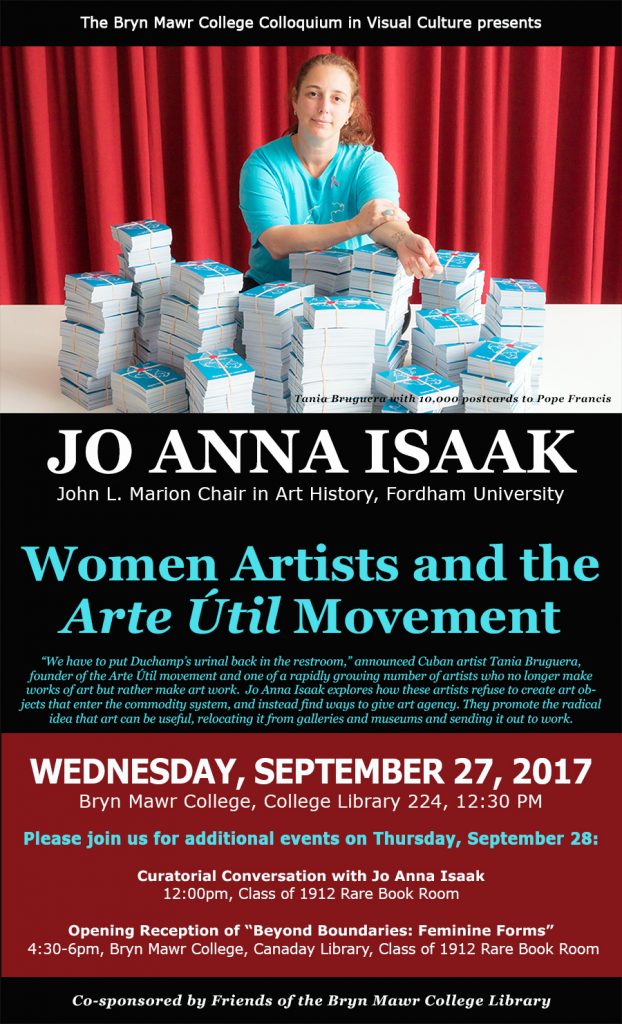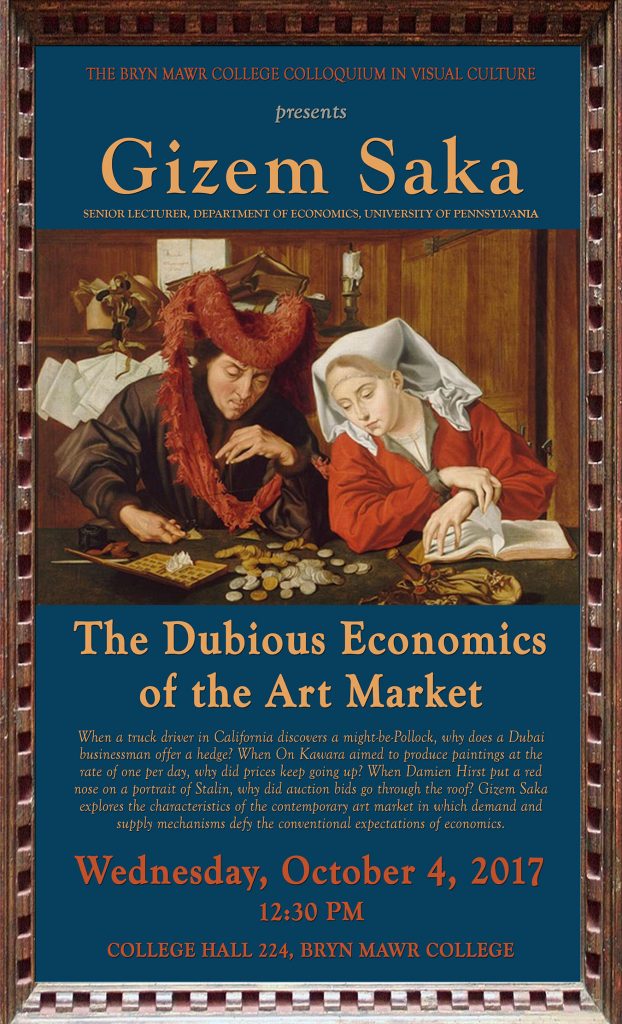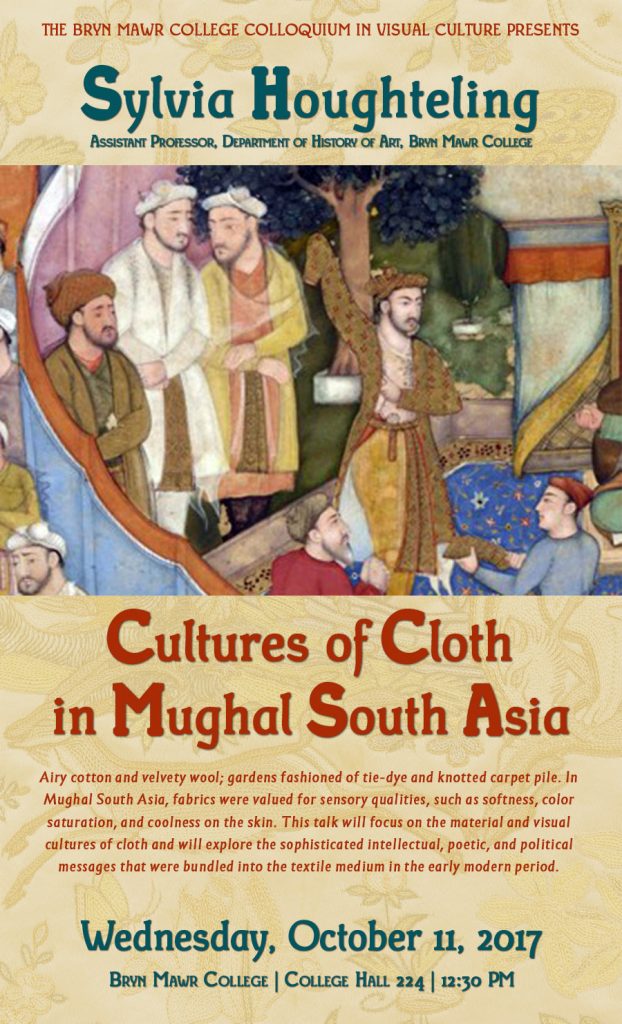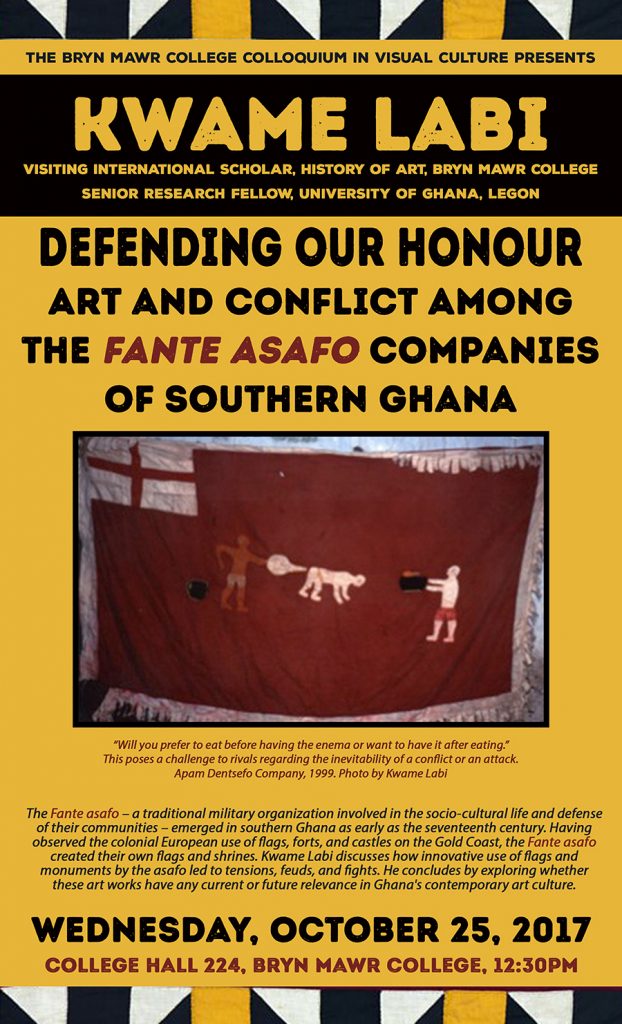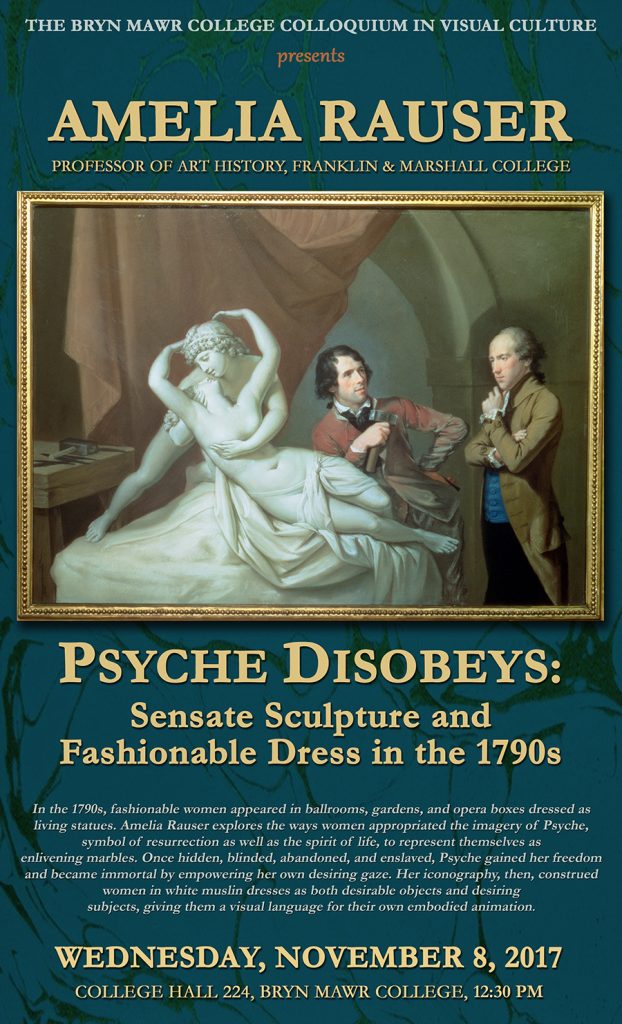Beyond Boundaries: Feminine Forms
Bryn Mawr College (BMC):
September 28, 2017 – January 28, 2018
Pennsylvania Academy of the Fine Arts (PAFA):
September 15, 2017 – March 18, 2018
Please join us for the exhibition and related programming for Beyond Boundaries: Feminine Forms, a dual-sited exhibition of artworks from The William and Uytendale Scott Memorial Study Collection of Works by Women Artists at Bryn Mawr College and the Linda Lee Alter Collection of Art by Women at Pennsylvania Academy of the Fine Arts. The collaboration, conceived by graduate students in the History of Art, Mechella Yezernitskaya and Laurel McLaughlin, in collaboration with Carrie Robbins, Curator for Art & Artifacts, BMC, and Jodi Throckmorton, Curator of Contemporary Art, PAFA, brings together two institutions, collections, and curatorial teams for an exhibition that highlights and reexamines each institution’s inclusive efforts to collect artworks by women.
Opening Receptions:
PAFA: Friday, September 15, 5 – 7:30pm
BMC: Thursday, September 28, 4:30 – 6pm
Colloquium Lecture:
Jo Anna Isaak, John L. Marion Chair in Art History, Fordham University
Wednesday, September 27, 12:30 – 2pm, College Hall 224, BMC
Sponsored by the Center for Visual Culture
Curatorial Conversation:
Jo Anna Isaak, John L. Marion Chair in Art History, Fordham University
Thursday, September 28, 12 – 1pm, Class of 1912 Rare Book Room, BMC
Conservation Lecture:
Corine McHugh, paper conservator
Friday, October 6, 12 – 1pm, Class of 1912 Rare Book Room, BMC
Sponsored by Special Collections
Artist Panel for PAFA’s Points of View series:
Judith Brodsky and Eileen Neff in conversation with curators
Saturday, October 7, 2 – 3:30pm, Auditorium, Historic Landmark Building, PAFA
Collector’s Conversation:
Linda Lee Alter, Artist, Collector, and Philanthropist
Thursday, October 13, 12 – 1pm, Class of 1912 Rare Book Room, BMC
Curators’ Conversation for PAFA’s Art at Lunch series:
Mechella Yezernitzkaya and Laurel McLaughlin discuss collecting histories and museological frameworks
Wednesday, October, 25, 12 – 1pm, Auditorium, Historic Landmark Building, PAFA
Museum Studies Lecture: Black Feminist Visuality
Dr. Kelli Morgan, The Winston & Carolyn Lowe Curatorial Fellow for Diversity in the Fine Arts, PAFA
Friday, October 27, 12 – 1pm, Class of 1912 Rare Book Room, BMC
Sponsored by Museum Studies
Conversation with multimedia artist Katie Hubbell:
Graduate students Matthew Jameson (PhD candidate, Classical and Near Eastern Archaeology), Mechella Yezernitskaya (PhD candidate, History of Art), and Kat Ford (MA candidate, History of Art), and Mechella Yezernitskaya join Katie Hubbell in conversation about her commissioned work for Fragmentary Excess: Body, Text, Receptacle (on view in the Eva Jan Coombe Suite) and her take on Beyond Boundaries: Feminine Forms
Friday, November 3, 12 – 1pm, Seminar Room 205, 2nd Floor Canaday Library, BMC
Artist Lecture:
Neila Kun, Artist
Friday, November 10, 12 -1pm, Class of 1912 Rare Book Room, BMC
Co-sponsored by the Art Club and Special Collections
Art-making Workshop:
Neila Kun, Artist
Saturday, November 11, 11am – 4pm, Arnecliffe Studio, BMC
Registration required (consult website)
Co-sponsored by the Art Club and Special Collections
Open Space Conversation:
Ruth Fine, Artist and former Curator, National Gallery of Art
Wednesday, November 15, 12 – 1pm, Class of 1912 Rare Book Room, BMC
Co-sponsored by the Dean’s Office and Museum Studies
Undergraduate Curatorial Workshop:
Label-writing, brainstorming, and curatorial planning with curators
Friday, November 17, 12 – 1pm, Class of 1912 Rare Book Room, BMC
Museum Studies Tour
Tessa Haas (Class of 2018), Museum Studies Fieldwork Intern
Friday, December 1, 12 – 1pm, Class of 1912 Rare Book Room, BMC
Artist’s Lecture:
Lesley Dill, 2017 Fellow of The John Simon Guggenheim Memorial Foundation
Friday, December 8, 6:30 – 8pm, College Great Hall, BMC
Co-sponsored by the departments of History of Art, History, English, and LITS; the programs in Comparative Literature, Dance, Gender and Sexuality Studies, 360 Course Clusters, and Museum Studies; The Center for Visual Culture at Bryn Mawr College, and the Visual Studies program and The Hurford Center for the Arts and Humanities at Haverford College
Collector’s Tour:
Bill Scott, Artist, Collector, and Instructor at PAFA
Wednesday, January 24, 4:30 – 5:30pm, Class of 1912 Rare Book Room, BMC

